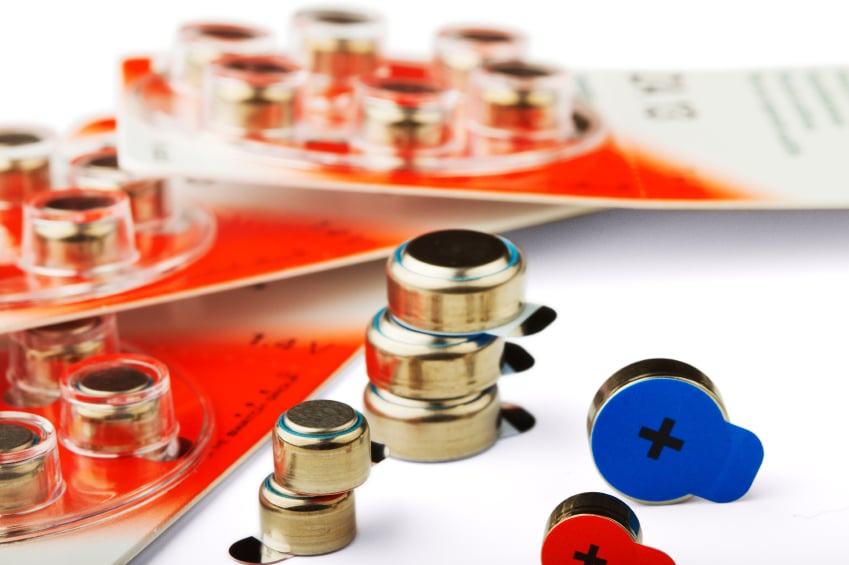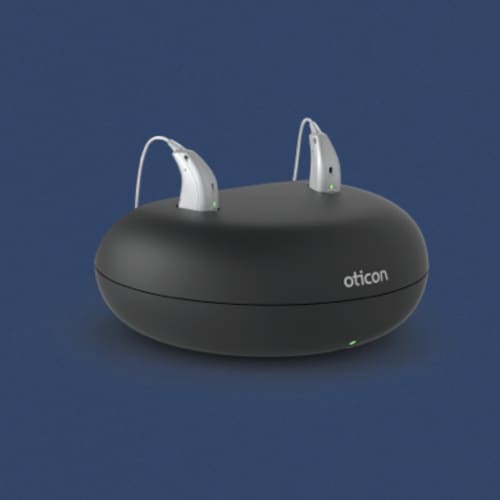Hearing aids aren’t just available in a wide range of sizes and styles; they can also accommodate a variety of accessories. Deciding which, if any, will benefit you can be tricky. Your audiologist can guide you to the accessories that are compatible with your hearing aids and that will maximize your benefits from wearing hearing aids.
Hearing Aid Accessory Options
Some of the more popular hearing aid accessories include:

- Wireless accessories. Utilizing Bluetooth® technology, wireless accessories enable you to hear better in situations where there is a lot of background noise or distance between you and the speaker. These include wireless microphones, remotes and television headsets.
- Transmitters and receivers. These are helpful in educational situations (a teacher’s words are transmitted directly into the student’s ears) and for children. Transmitters and receivers work together to overcome background noise, distance and reverberation, and contribute to a better learning experience.
- Audio input cords. These add versatility by allowing direct input from various audio sources (FM systems, MP3 players, TVs and computers). Available with both monaural and binaural cords.
- Earwax filters. Filters prevent earwax, a leading cause of damage to electronic components, from entering the hearing aid. This helps prolong the life of the instrument and provides you with clear, natural sound.
- Cleaning kits. Keeping your hearing aids clean can result in a longer life for your instruments. Cleaning kits give you a leg up on keeping your device in prime working condition. They typically include a wax removal brush and pick, a tube and vent cleaner, battery door opener and battery replacement magnet.
- Charging stations. For those with rechargeable hearing aids, a charging station is essential. Instead of having to fiddle with the battery compartments, users can simply place their hearing aids in the cradle for a few hours to get a full day’s worth of listening time.
Alerting Devices
Alerting devices hook up to telephones, alarm clocks, doorbells and other electronic devices. They alert you through a loud sound or flashing light, making you aware of an incoming phone call, a visitor at the door, etc.
Batteries

Most hearing aids use disposable zinc-air batteries that are color- and number-coded for easy replacement. The type of battery needed depends on the style and size of your hearing aids and includes: 10 (yellow), 13 (orange), 312 (brown) and 675 (blue). Battery life varies depending on the size and style of your hearing aids, your degree of hearing loss, the amount of time your hearing aids are used, your listening environment and if you stream media.
Most drugstores carry replacement batteries; they can also be purchased from your audiologist at Burlington Ear Nose & Throat or ordered online.
Rechargeable Batteries

Rechargeable hearing aids are one of the topmost requested features that hearing aid users are asking for. They free users from having to deal with the tiresome task of changing the batteries, performing daily battery tests and always carrying around extra batteries. Rechargeable batteries are also environmentally friendly as they save users from throwing away nearly 100 hearing aid batteries per year.
The benefits of rechargeable batteries are plentiful:
- Your charger can be your devices’ overnight home so you don’t have to worry about losing them.
- You don’t need to worry about having extra batteries on hand.
- You will save time and money by not having to purchase disposable batteries.
Many rechargeable batteries can provide up to 24 hours of hearing from a single charge. The hearing aid may also include a fast-charging option, which gives users a few hours of immediate use.
Call Burlington Ear Nose & Throat at (319) 752-2725 for more information or to schedule an appointment.